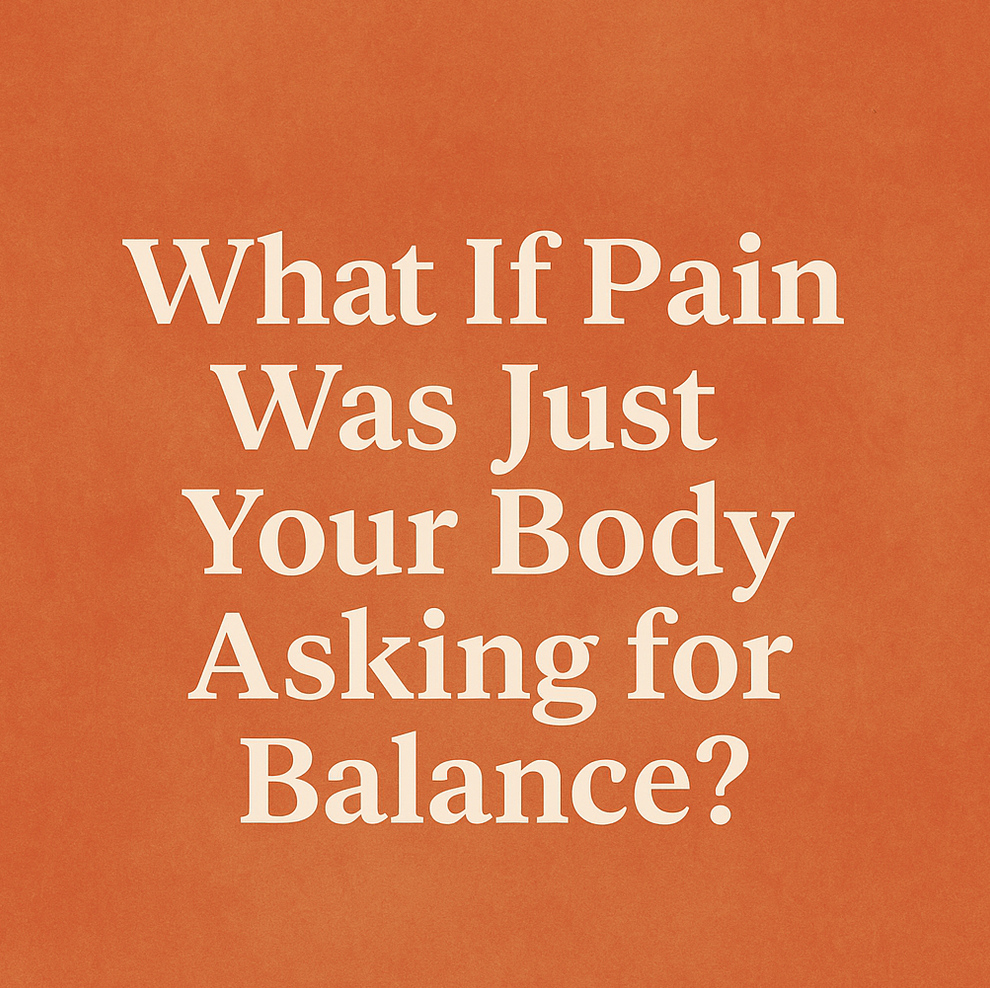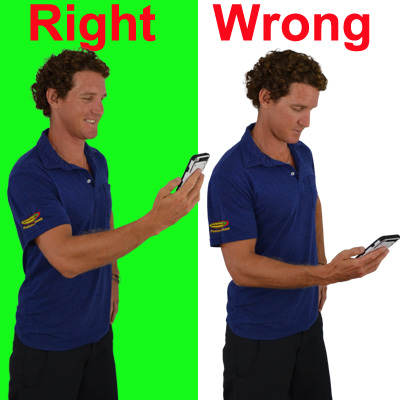Being process orientated, you start to focus on all of the small daily things you need to do that all add up to produce the end result.
Come back to the present moment.
That is where the power is to change your life for the better.
Take the focus off being pain-free and instead put your focus on the process.
What are the small daily tasks you need to do to become pain free?
“Luck is what happens when preparation meets opportunity.” ― Seneca
6. Understand Your Pain
“We are more often frightened than hurt; and we suffer more in imagination than in reality.” – Seneca
There is no doubt that ongoing pain that is unexplained can be frightening.
With the help of your Physio and Doctor, if you can understand that some degree of pain is a normal part of the healing process, you can relax in that knowledge.
It’s important to realise that whatever pain you experience should be related to a certain physiological process.
For example:
Ankle sprain —> inflammation around the ligament, you can expect some soreness for 4-6 weeks
Lower Back pain —> occasional flare-ups, especially if sitting too long. Disc injury takes around 3 months to heal
Tendon degeneration —> worst in the morning and with sudden changes in training volume, hills or speed work
Knee - patello-femoral syndrome —> (pain in front of the knee cap) take on average 3 months to get better and pain relates to irritation behind the knee cap and gets worse with squats, kneeling and stairs
Nerve related irritation or damage —> could be many months or years of altered sensation in the affected area
Muscle pain —> the most common source of musculo-skeletal pain - lack of oxygen to the muscle from poor posture, excess muscle tightness or injury.
Chronic pain (more than 6 months) —> relates to increased sensitivity in the nervous system which magnifies minor tissue problems. It may come down to the fact, that we all have wear and tear and issues in our body, for whatever reason, the body and nervous system has decided to heavily focus on that particular area.
If there is ongoing pain and you are not sure why, then you may need to talk to your health care provider in more detail.
7. Develop A Growth Mindset
Stoic philosophy has a lot in common with the Growth Mindset approach, developed by Carol Dweck.































